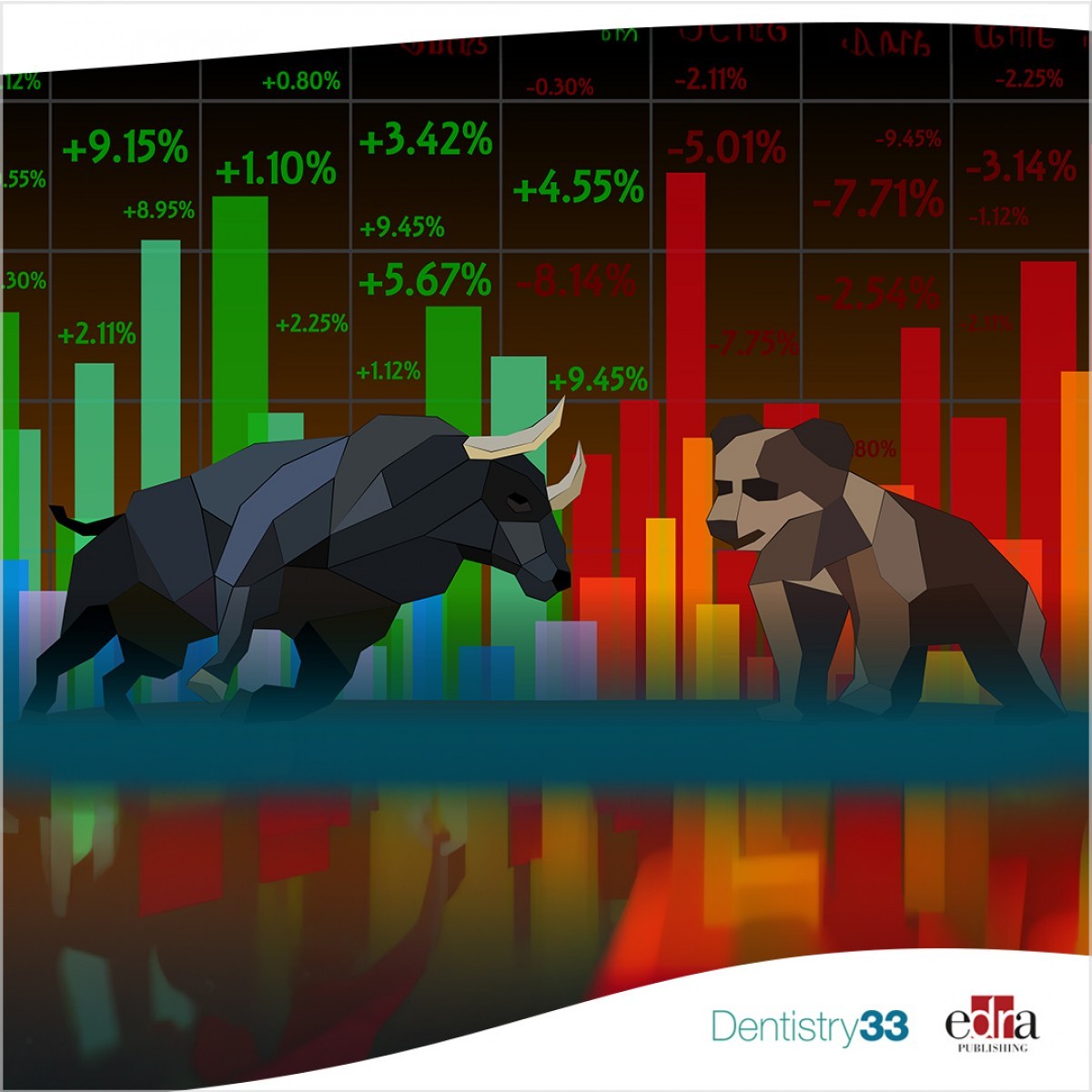Markets in chaos: What do we learn from the past?
It was Sunday, Sept. 21, 2008. Lehman Brothers went bankrupt on Sept. 15, opening an even deeper abyss in a crisis that already seemed complicated. Newspaper headlines read:
"Twelve failed commercial banks, the heads of eight of the 10 most important financial institutions in the world fired on the spot. The fifth-largest investment bank in America (Bearn Stearns) sold under the direction of the FED. The fourth, Lehman Brothers, ended in bankruptcy after 158 years of history. And then the national drama of the collapse of Freddie Mac and Fannie Mae, the guarantors of the mortgages of 200 million American families."
It seemed like the crisis of crises: the images of employees leaving the Lehman Brothers headquarters with boxes of their personal effects in their hands went around the world and became iconic. There was a question that journalists of the time often asked themselves: "Will investors still buy the American public debt?"
That is: will they buy U.S. government bonds? A lot of news from that time makes us rethink what we are reliving today.
Take one of the similar articles running today and give it the title of one from back then. You'll realize that almost nothing has changed.
If we take the graph at the bottom of the first page of the insert titled: "This is how the great shock hit the stock exchanges" and we evaluate yesterday's numbers compared to today's, we realize that the value of those days on the stock exchange today has more than doubled. There has been a phenomenal run, with companies like Goldman Sachs up double and Morgan Stanley more than double. Anyone who had invested in those days that seemed to presuppose an unimaginable crisis today would find themselves with extraordinary results.
But who believed that the light would return in those hours of darkness? What we saw and read was a strong, disorienting message. But it was only reported by the newspapers since smartphones didn't exist yet. We didn't continuously receive a thousand different takes on the news that affected us negatively.
Lehman's bankruptcy becomes a watershed: distrust affects the markets, which lose up to 50% in the following months, and it seemed that finance was about to disappear. Oil goes lower and lower, and the world slows down, almost stops. And, instead, as the capitalization values of the stock exchanges and the capitalization values of the banks of the time went up again, even the indices began to breathe again, then to stroll, and, finally, to run.
Despite the recent declines, the S&P 500 has gained nearly 200% since September 2008. But how many of us have earned that much? How many have ridden the post-crisis market growth? How many will ride the one that comes after the current crisis?
How many will have the courage to invest when everything seems so dark that the night will never seem to pass?














List
Add
Please enter a comment